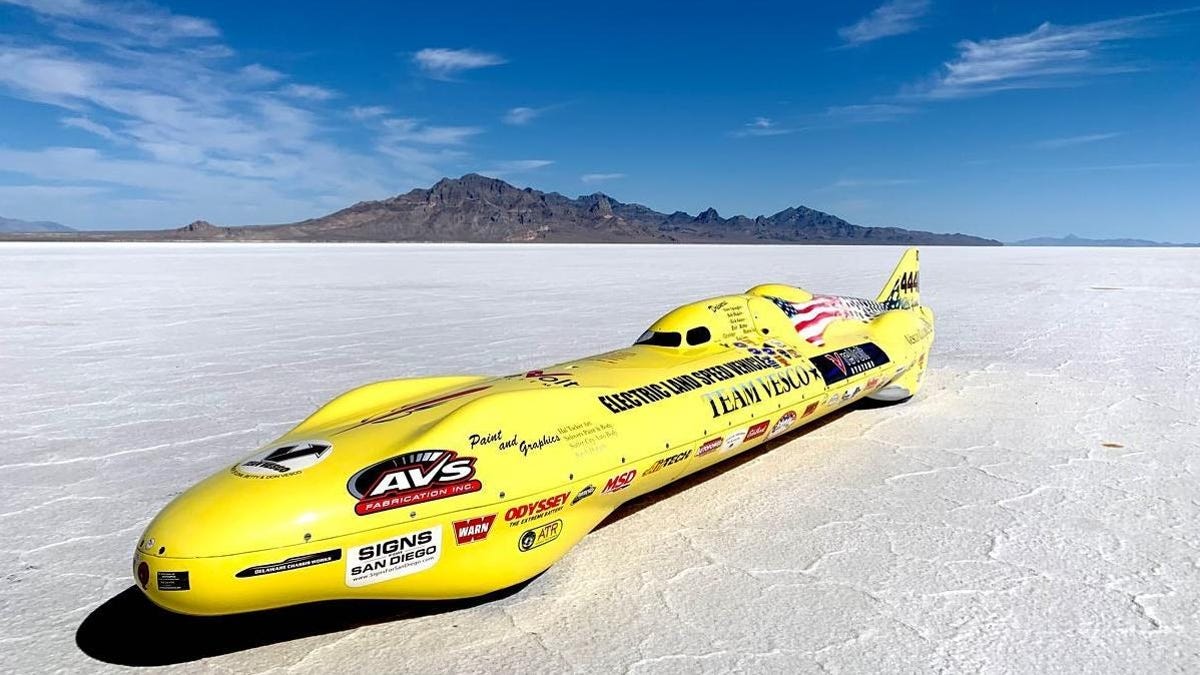['Recording an eye watering 345 mph, the Accel Plane is officially the fastest electric vehicle on the planet! Before it retires to the Science Museum, Imogen and Robert wanted to meet the team from Rolls Royce, Evolito, Yasa and Electroflight to find out how they've made electric flight take off! From axial flux motors, advanced cooling and packing staggering amounts of torque - this plane is choc-a-bloc with astounding technologies that are paving the way to mainstream electric aviation.']
Daimler has bought the company that makes axial flux motors and will be using them in Benz cars.
So for electric motors a lot of useful innovation is happening.,
Axial flux motors can be half the weight while delivering the same power output, and more torque.




